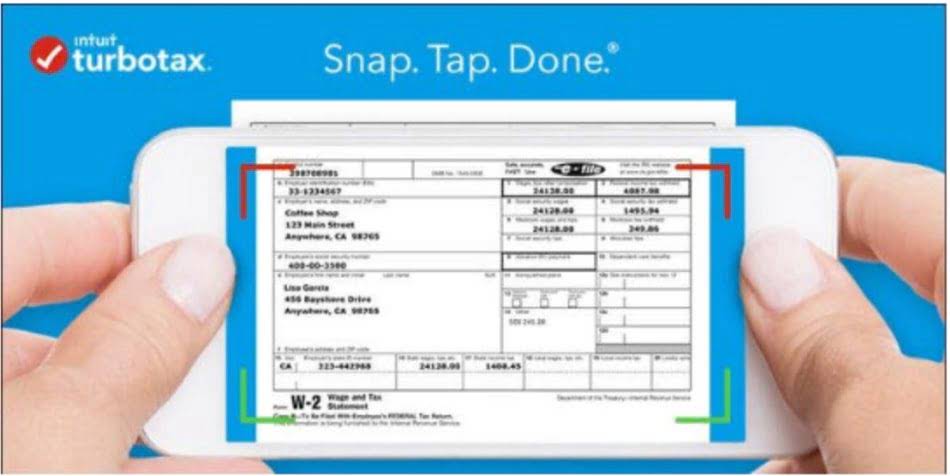
The Federal Insurance Contributions Act (FICA) tax that funds Social Security and Medicare is often considered to be a flat tax because all wage earners pay the same percentage. You wouldn’t have to pay this tax on $1,000 of your income if you earned $169,600. When an individual’s Social Security benefit is calculated, income in excess of each year’s Social Security Tax wage base amount is disregarded for purposes of the calculation of future benefits. A single taxpayer with a taxable income of $50,000 in 2023 does not pay the full 22% rate for their income.

Regressive vs. Proportional vs. Progressive Taxes: An Overview
The benefits of a progressive tax system include reducing income inequality, funding government programs, and promoting economic stability. In the United States, there have been proposals to increase the tax rates on high-income earners and to implement a wealth tax. When the tax burden is placed more heavily on high-income earners, the government can use that revenue to fund social programs and initiatives that benefit low-income earners. A single person who earns $100,000 would fall into the 22% tax bracket but only on the portion of their income that exceeds $47,150. Their income from $11,600 up to $47,150 would be taxed at a rate of 12%.
Progressive vs Regressive Tax System
- Other examples of proportional taxes include per capita taxes, gross receipts taxes, and occupational taxes.
- A Form 1040 return with limited credits is one that’s filed using IRS Form 1040 only (with the exception of the specific covered situations described below).
- There are ongoing debates about the merits of progressive tax systems.
- The idea of progressive taxation has a long history, dating back to the 18th century.
- After pooling all the money together, it can provide public goods and services such as infrastructure and healthcare.
How progressive a tax structure is depends upon how much of the tax burden is transferred to higher incomes. A tax code with tax rates ranging from 10% to 80% would be more progressive than one with rates ranging from 10% to 30%. The income tax system in the U.S. is considered a progressive system. There are seven tax brackets in 2024 with rates of 10%, 12%, 22%, 24%, 32%, 35%, and 37%.
Regressive Taxes
Tax brackets are set by Congress and enforced by the Internal Revenue Service (IRS). Changes are typically made based on legislation like the Tax Cuts and Jobs Act (TCJA) of 2017. The TCJA kept seven tax brackets but it increased the income ranges for many of them so some individuals could earn more before moving into a higher bracket. The income ranges are also adjusted annually to keep pace with inflation. The rationale for a progressive tax is that a flat percentage on all income would place a disproportionate burden on people with low incomes. The dollar amount owed might be smaller but the effect on their real spending power would be greater.
Do you already work with a financial advisor?
Take self-paced courses to master the fundamentals of finance and connect with like-minded individuals. A financial professional will offer guidance based on the information provided and offer a no-obligation call to better understand your situation. Ask a question about your financial situation providing as much detail as possible. Your information is kept secure and not shared unless you specify. We follow strict ethical journalism practices, which includes presenting unbiased information and citing reliable, attributed resources. This team of experts helps Finance Strategists maintain the highest level of accuracy and professionalism possible.

Progressive taxes vs. regressive taxes
- In the early days of the Roman Republic, public taxes consisted of assessments on owned wealth and property.
- For example, the mortgage interest deduction encourages homeownership, and the American Opportunity Tax Credit encourages people to pursue higher education.
- This is usually achieved by creating tax brackets that group taxpayers by income range.
- Typically, the more income a person earns, the higher the tax bracket they may fall into.
- Once the minimal criteria defined by the according government is met, the recipient becomes the payer.
- There has been growing support to make the U.S. income tax more progressive.
Progressive, regressive, and flat taxes are all different tax systems governments can deploy. Learning how progressive taxes work can help you understand how your income is being taxed and help you estimate your tax liability. The case might not be exactly like progressive tax this in a progressive tax system since those with more are taxed heavier. It leaves them with less disposable income and they might also not have the incentive to optimize their productivity since the marginal income is taxed at an extremely high marginal rate.
Tax Credits
This is different from a regressive tax system in which high earners pay the same or less in taxes. It’s wise to familiarize yourself with the different types of progressive and regressive taxes so you can understand the U.S. tax system. There are seven marginal income tax brackets at the federal level, and the tax rate increases as the amount of income earned increases. Therefore, lower-income taxpayers pay a lower tax rate than higher-income taxpayers. Strictly speaking, the federal government taxes individual income progressively. As a person earns more and progresses through the tax brackets, their tax rate increases.
- This may lead to a reduced level of investment, which can have a detrimental effect on the overall economy in the long-term.
- It reduces the purchasing power of money and also the value of investments.
- Social Security tax obligations are capped at a certain level of income called a wage base—$160,200 in 2023.
- As a person earns more and progresses through the tax brackets, their tax rate increases.
A progressive tax is one where the average tax burden increases with income. High-income families pay a disproportionate share of the tax burden, while low- and middle-income taxpayers shoulder a relatively small tax burden. Your marginal tax rate is the highest rate that your income gets taxed. With a progressive tax system, your effective tax rate may be lower than your marginal tax rate, because some of your income likely will be taxed at a rate lower than your highest tax rate.



Recent Comments